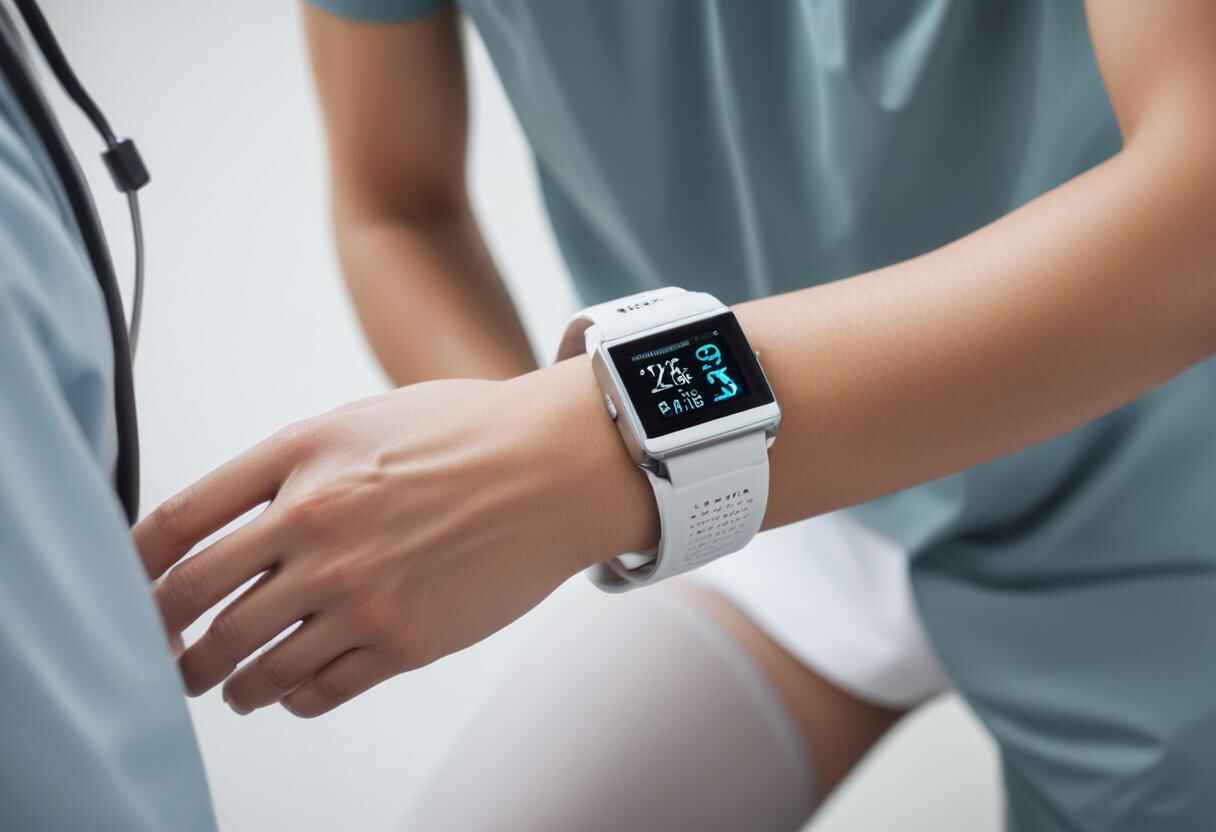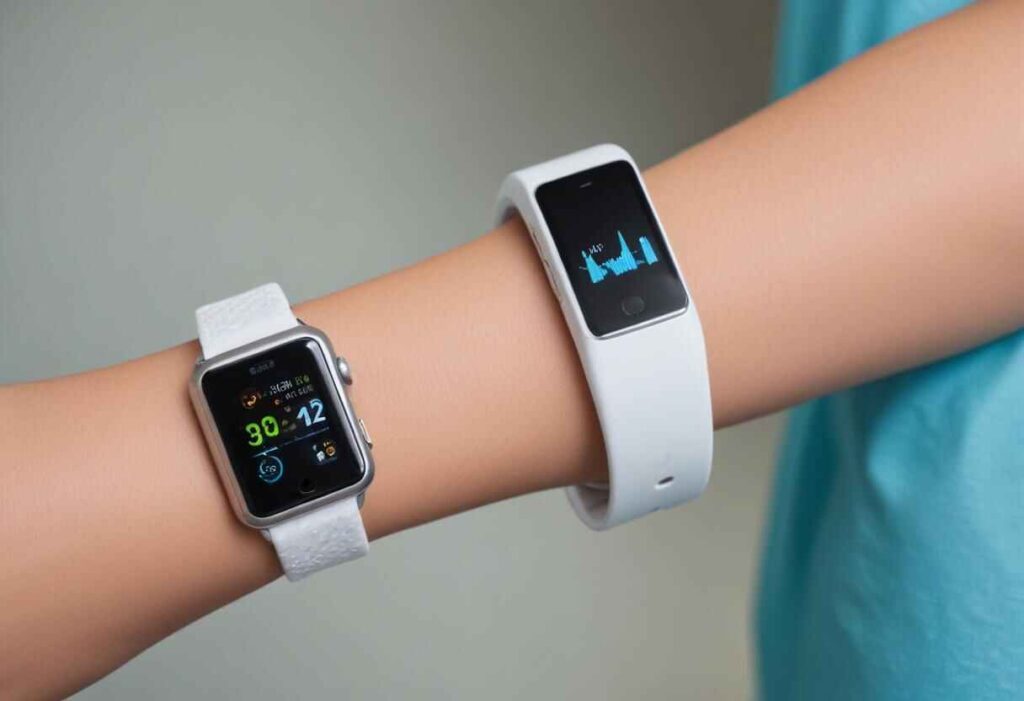Wearable devices are changing how we keep track of patients’ health. These gadgets, like smartwatches and advanced medical sensors, give real-time information about different health signs. This enables medical professionals to closely monitor patients and act swiftly when necessary. This article looks at how these devices are improving patient monitoring, the benefits they bring, and the problems they face.
Real-Time Monitoring and Data Collection
Wearable devices let us monitor important health signs like heart rate, blood pressure, temperature, and oxygen levels in real-time. Unlike traditional methods where patients need to visit clinics or hospitals for occasional checks, wearables collect data all the time. This gives a full picture of a patient’s health over time. Continuous data helps healthcare providers spot problems early and act before things get worse.
For example, patients with chronic conditions like diabetes or heart disease can really benefit from wearables. A smartwatch with a glucose monitor or an ECG sensor can alert both the patient and their doctor about any worrying changes, so they can quickly adjust the treatment. This real-time feedback is very important for effectively managing chronic diseases.
Remote Patient Monitoring
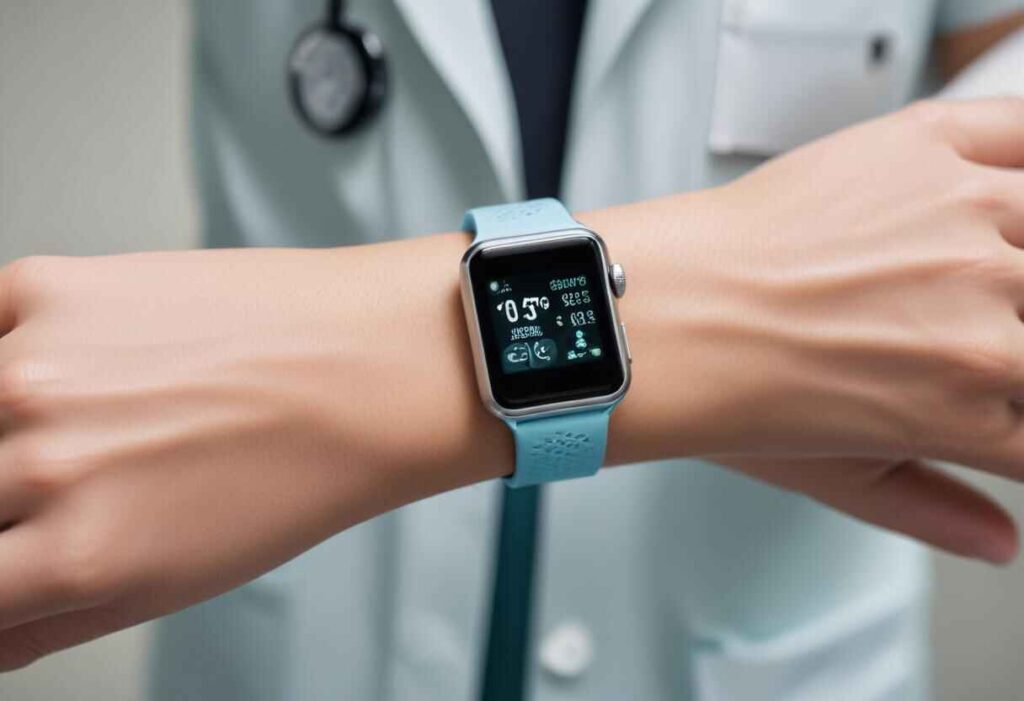
Wearable devices are very important for remote patient monitoring (RPM), which has become more popular, especially during the COVID-19 pandemic. RPM lets patients stay at home while their health is watched by healthcare professionals from a distance. This reduces the need for hospital visits, lowers the risk of infections, and lessens the load on healthcare facilities.
Older patients benefit a lot from RPM because it gives them a safety net. They can live independently while being monitored for falls, irregular heartbeats, or other health issues. Devices like fall detectors and smartwatches with emergency alert features can quickly notify caregivers or medical staff in an emergency, ensuring they get help fast.
Personalized Healthcare
Wearable technology allows for personalized healthcare by creating treatment plans that fit each person’s unique needs based on continuous data analysis. By looking at trends and patterns in a patient’s health data, doctors can make more accurate and personalized treatment plans. For example, information about a patient’s activity levels, sleep patterns, and heart rate changes can help doctors give better lifestyle advice and adjust medications.
Furthermore, patients can be assisted in remembering to take their prescription and encouraged to adopt better behaviors by receiving personalized notifications and reminders on their devices. For instance, reminders to take medicine, exercise, or follow a specific diet can be tailored to each person’s health data, leading to better health outcomes.
Enhanced Chronic Disease Management
Chronic diseases need regular management and monitoring. Wearable devices make this easier by giving continuous information about the patient’s condition. For example, diabetic patients can use continuous glucose monitors (CGMs) to check their blood sugar levels all day. These devices not only show real-time data but also save past data, helping both patients and doctors see patterns and triggers.
Similarly, patients with heart diseases can use wearables that monitor heart rate, detect irregular heartbeats, and even predict possible heart attacks. This continuous monitoring helps catch and manage problems early, reducing the need for emergency care and hospital visits.
Improved Patient Engagement and Empowerment
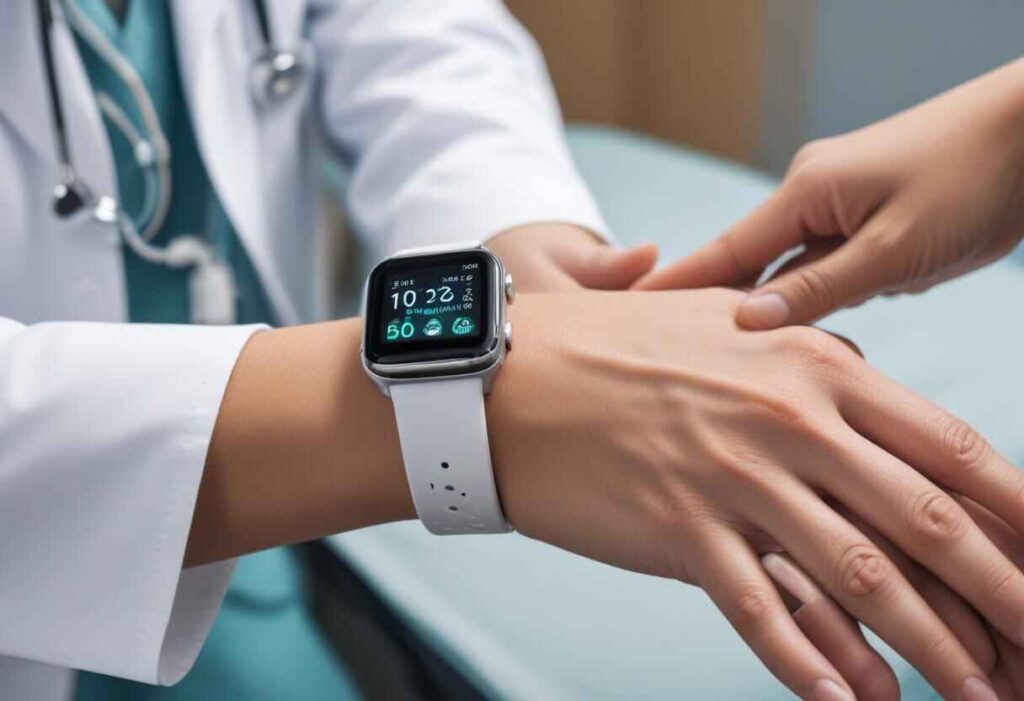
Wearable devices give patients more control over their healthcare. When patients can see their own health data, they understand their condition better and can take steps to improve their health. This often leads to better follow-through with treatment plans and lifestyle changes.
For example, fitness trackers encourage users to stay active by setting daily goals and giving feedback on their progress. These features motivate patients to live healthier, which is important for managing and preventing many chronic diseases.
Comparison of Traditional Patient Monitoring and Wearable Device Monitoring
| Aspect | Traditional Patient Monitoring | Wearable Device Monitoring |
| Data Collection | Manual, often at scheduled intervals | Continuous, real-time data collection |
| Patient Mobility | Limited, often requires visits to healthcare facilities | Increased, can monitor patients anywhere |
| Data Types | Vital signs, often limited to basic metrics | Extensive, including heart rate, sleep patterns, physical activity, etc. |
| Patient Engagement | Passive, patients often have minimal involvement | Active, patients can track and manage their own health data |
| Emergency Response | Often delayed due to infrequent monitoring | Immediate, alerts can be sent in real-time |
| Data Accuracy | Subject to human error | High accuracy, automated sensors reduce error |
| Cost | High, frequent hospital visits and manual labor | Potentially lower, reduces the need for constant professional oversight |
| Personalization | Generalized, one-size-fits-all approach | Personalized, data tailored to individual health needs |
| Long-term Monitoring | Challenging, requires consistent follow-ups | Feasible, continuous data collection over long periods |
| Data Integration | Siloed, often not integrated with other health systems | Integrated, can be synced with electronic health records and other digital platforms |
Challenges and Considerations
While wearable devices have many benefits for patient monitoring, they also come with challenges that need to be addressed to ensure they work well in healthcare systems.
- Privacy and Data Security: A major concern with wearable devices is the privacy and security of the data they collect. These devices gather sensitive health information, which can be at risk of breaches if not properly protected. Making sure that this data is delivered and stored securely is essential. Manufacturers and healthcare providers must use strong encryption methods and follow regulations like the Health Insurance Portability and Accountability Act (HIPAA) to protect patient data.
- Accuracy and Reliability: For wearable devices to be effective, their data must be accurate and reliable. Although technology has improved, these devices can still make errors. Inaccurate readings can lead to wrong diagnoses or treatments, which can be dangerous. Regular checks and adjustments of these devices are necessary to keep their data accurate. Patients and healthcare providers should also be aware of the potential limits and variations in wearable data.
- Integration with Healthcare Systems: Integrating data from wearable devices into existing healthcare systems is a challenge. Healthcare providers need simple ways to access, analyze, and understand the large amounts of data these devices generate. Creating systems that can smoothly manage and integrate this data into electronic health records (EHRs) is important. This requires cooperation between device makers, software developers, and healthcare institutions to create standardized methods and interfaces.
- User Compliance and Engagement: For wearable devices to work well, users must consistently wear them and pay attention to the data they provide. This can be difficult if the device is uncomfortable or inconvenient. Designers need to create wearables that are comfortable, simple to use, and fit smoothly into daily life. Providing users with useful insights and actionable feedback can also boost their engagement and adherence to using the devices.
- Cost and Accessibility: The cost of wearable devices can be a barrier, especially for low-income populations or in developing countries. Although prices are falling as technology advances, affordability is still a big concern. Making these devices accessible to a wide range of patients is essential for improving healthcare outcomes. Subsidies, insurance coverage, and initiatives to provide affordable devices can help overcome this barrier.
Future of Wearable Technology in Healthcare
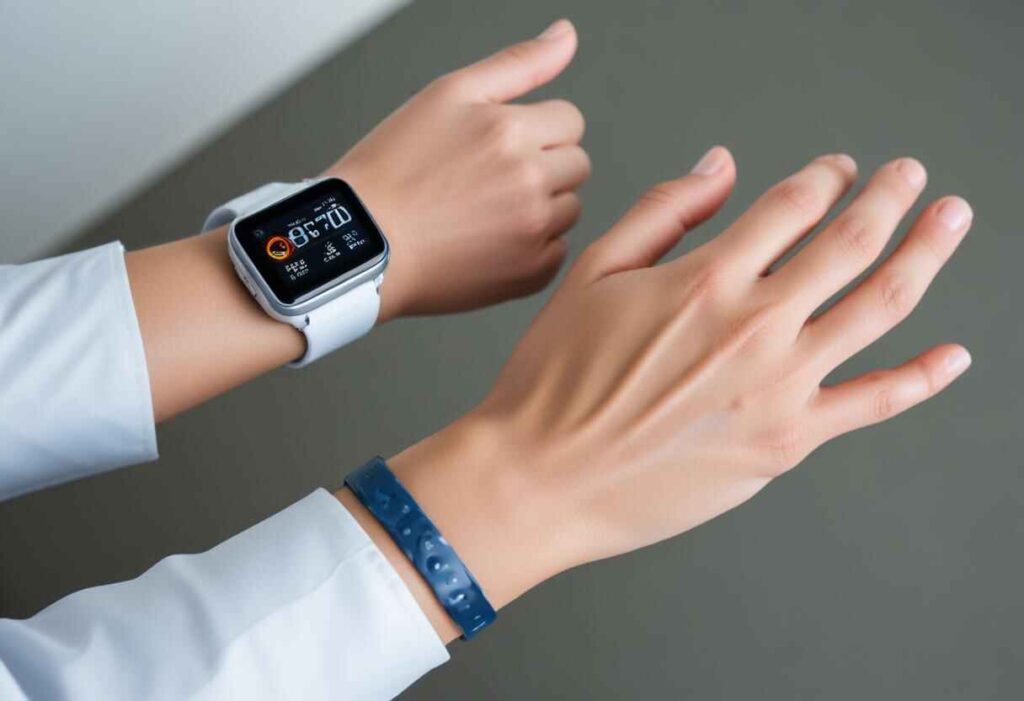
The future of wearable technology in healthcare looks bright with ongoing improvements in sensors, artificial intelligence, and data analysis. These advancements will likely create even better and more accurate devices that can detect more health conditions.
As technology becomes cheaper and more available, wearable devices will probably become a common part of healthcare, especially for managing chronic diseases and promoting preventive care. Combining wearable technology with telemedicine will make remote patient monitoring and personalized care even better.
In summary, wearable devices are changing patient monitoring by providing real-time data, allowing remote care, and helping patients take control of their health. Although there are still challenges, the potential benefits for healthcare systems and patients are huge, promising a future of continuous, personalized, and proactive healthcare.
Visit Here: Cybersecurity Threats in Healthcare
